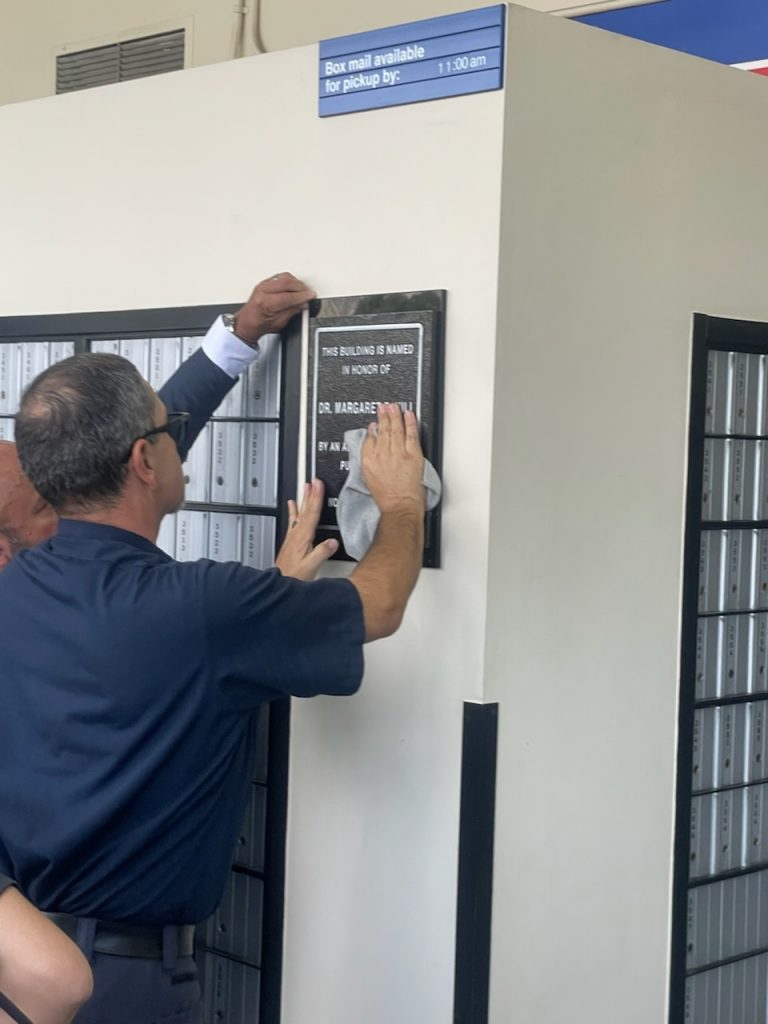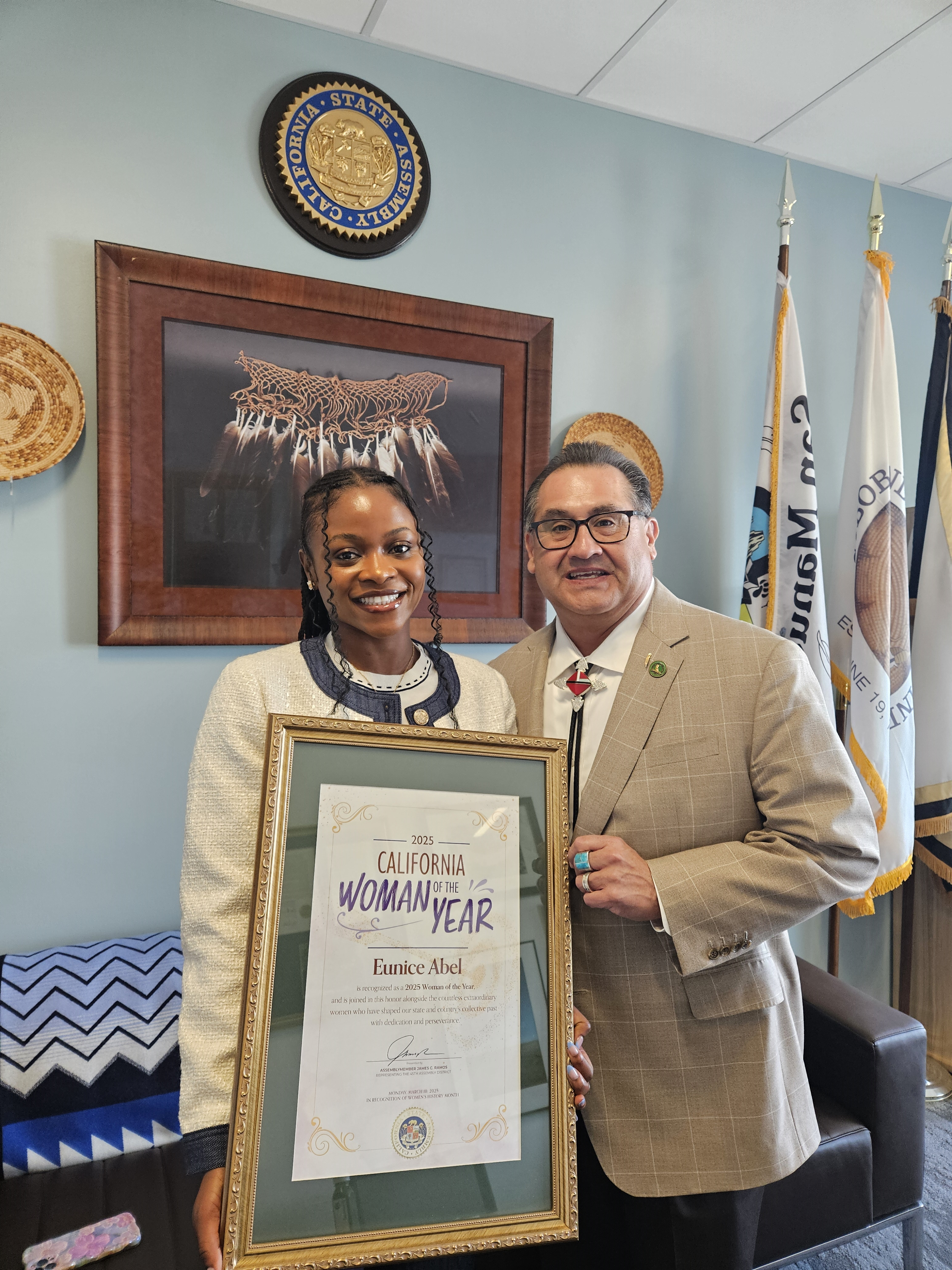By Joe W. Bowers, Jr. ?|? ?California? ?Black? ?Media?
The California State Senate Budget and Fiscal Review Subcommittee No. 1 on Education, chaired by Sen. John Laird (D-Santa Cruz), held a hearing on Feb. 27, where State Superintendent of Public Instruction Tony Thurmond provided a State of Education address and discussed key education funding priorities.
Facing tough questions from lawmakers, Thurmond emphasized the state’s commitment to improving student achievement, despite ongoing budget constraints, declining enrollment, and continued racial disparities in education outcomes.
Sen. Rosilicie Ochoa Bogh (R-Yucaipa) joined Laird at the hearing, while committee member Sasha Renée Pérez (D-San Gabriel Valley) who represents the Altadena area, was in her district assessing wildfire damage.
Investing in Student Success
Thurmond discussed several initiatives aimed at improving student outcomes, particularly in underserved communities. He pointed to California’s universal preschool, free meal programs, and his newly launched “Cohort to Move the Needle on Test Scores,” a coalition of 250 school districts working to close achievement gaps in math and reading.
“Education saved my life,” Thurmond said, recalling his childhood struggles with poverty after losing both parents at a young age. “It’s the greatest equalizer we have, and we must protect it.”
Thurmond argued that California, despite its fiscal challenges, continues to lead the nation in investing in education, calling on lawmakers to support long-term funding for literacy coaches, dual-language immersion programs, and teacher housing to address inequalities.
Rebuilding Schools and Expanding Learning Opportunities
Thurmond also spoke about the devastating impact of natural disasters, particularly in Southern California, where wildfires have destroyed schools and displaced students. He called for accelerating school reconstruction funds through Proposition 2 to rebuild and modernize classrooms.
The Superintendent further stressed the importance of expanded learning opportunities, advocating for incentive grants to encourage schools to extend the school day and year. “We’ve seen the impact in places like Compton Unified, where extra tutoring and longer school days have led to improved reading and math scores,” he noted.
He also discussed teacher shortages and the high cost of living, which have made it difficult for educators to remain in the communities where they work.
“Our schools have 75,000 acres of land that’s ready for development right now,” Thurmond said. “If the school districts that have the surplus property built only 15 units on those parcels, it would result in more than two million units that would be available by the year 2030 for teachers, classified staff, and even first responders and healthcare workers.”
Addressing Student Achievement and Education Funding
Ochoa Bogh raised concerns about student performance despite increased education funding.
“The 2024-25 and proposed 2025-26 budgets have Proposition 98 general funds per-pupil spending at nearly $19,000 – a 59% increase from 2019-20,” she stated. “Despite this, the 2024 California dashboard shows students 13.2 points below the English Language Arts standard, 47.6 points below the mathematics standard, and only 45.7% of our English language learners are making progress, a decline of 3% from 2023.”
Thurmond acknowledged these concerns, explaining that many of California’s education investments are recent and will take time to yield results.
“We’re seeing trending in an upward direction, but we never rest on our laurels,” he said. “We always are going to work to make sure that every student is getting the best experience that they can.”
He pointed out that 240,000 students in the state are homeless, with 10,000 unaccompanied minors struggling to survive on their own.
“We’re working with two million students through our cohort initiative to improve literacy and math,” Thurmond responded. “But we have to be realistic — this is a multi-year process. We must continue making strategic investments if we want to see real change.”
Debate Over Education Funding Formula
Ochoa Bogh questioned why the Local Control Funding Formula (LCFF), providing extra resources since 2013 for foster youth, English learners, and low-income students, hasn’t yielded stronger outcomes. “How do you explain the performance?” she asked Thurmond.
Thurmond acknowledged the challenges but argued that LCFF alone does not fully fund public education. “California has underfunded education for decades,” he said. “LCFF is a step forward, but we need a stable and long-term funding source to meet the actual cost of education.”
A Fight Over California’s Priorities
Ochoa Bogh also questioned whether California’s overall spending — nearly 40% of the state’s total budget — was enough to fully support education needs.
“In your professional opinion, what would be the considerable, true investment that California should be spending on education?” she asked.
Thurmond declined to give a specific percentage but emphasized that long-term investments in teacher training, student support, and infrastructure were essential.
“We have to spend even more on professional development and training to support our staff, to make sure that we have more reading coaches and specialists to support our staff,” he said.
Senator Laird Highlights Local School Challenges
Laird backed Thurmond’s call for continued investment, sharing firsthand accounts of visiting schools where students were forced to do homework in Taco Bell parking lots just to access Wi-Fi.
“I’ve seen it across my district — teacher shortages, families struggling with the cost of living, schools serving as food pantries for kids who have nothing at home,” Laird said. “These aren’t just statistics. This is real life for too many Californians.”
Laird and Thurmond agreed on the need for educator housing, noting that some school districts have already begun constructing affordable housing for teachers to combat high turnover rates.
What’s Next?
Thurmond invited Ochoa Bogh and Laird to visit schools participating in the “Move the Needle” initiative to see the impact of recent investments firsthand.
We think that this budget is thoughtful and with intention provided by the legislature,” Thurmond said. “We think that we can help our schools continue to ensure that our kids get a quality education despite some of the challenging circumstances that they face.”
California’s 2025-26 education budget allocates $118.9 billion for K-12 and community colleges, marking record spending with $7.8 billion in new investments.
 Westside Story Newspaper – Online The News of The Empire – Sharing the Quest for Excellence
Westside Story Newspaper – Online The News of The Empire – Sharing the Quest for Excellence

